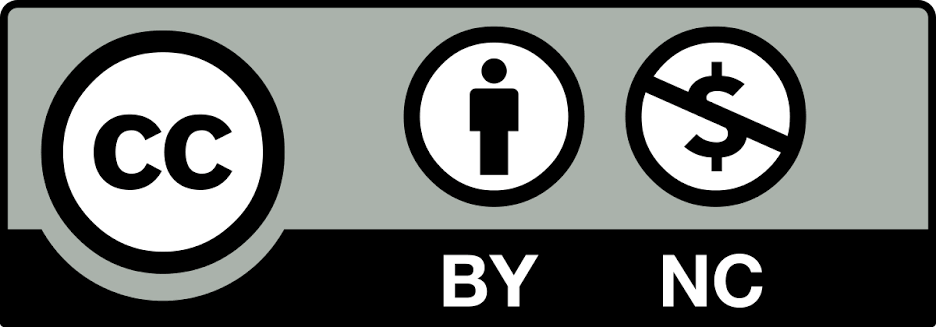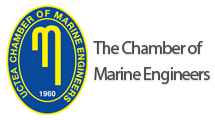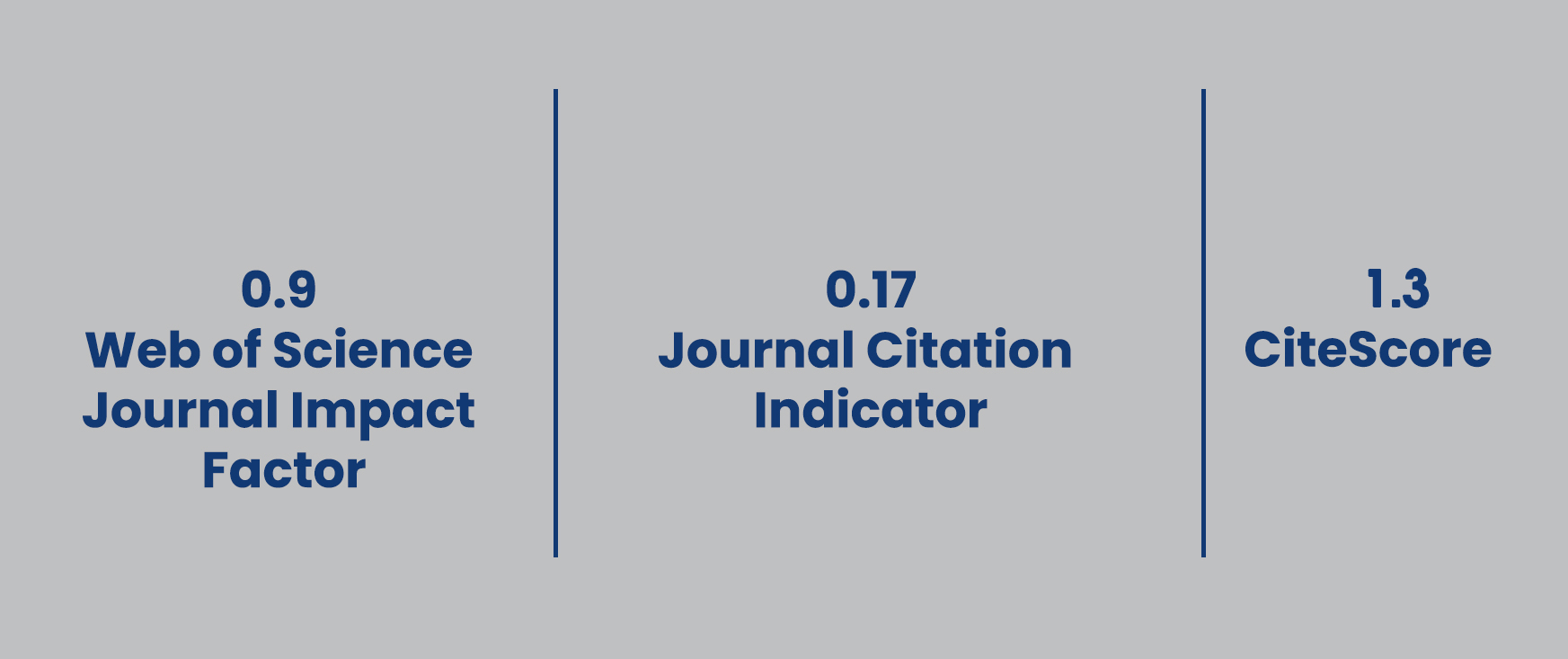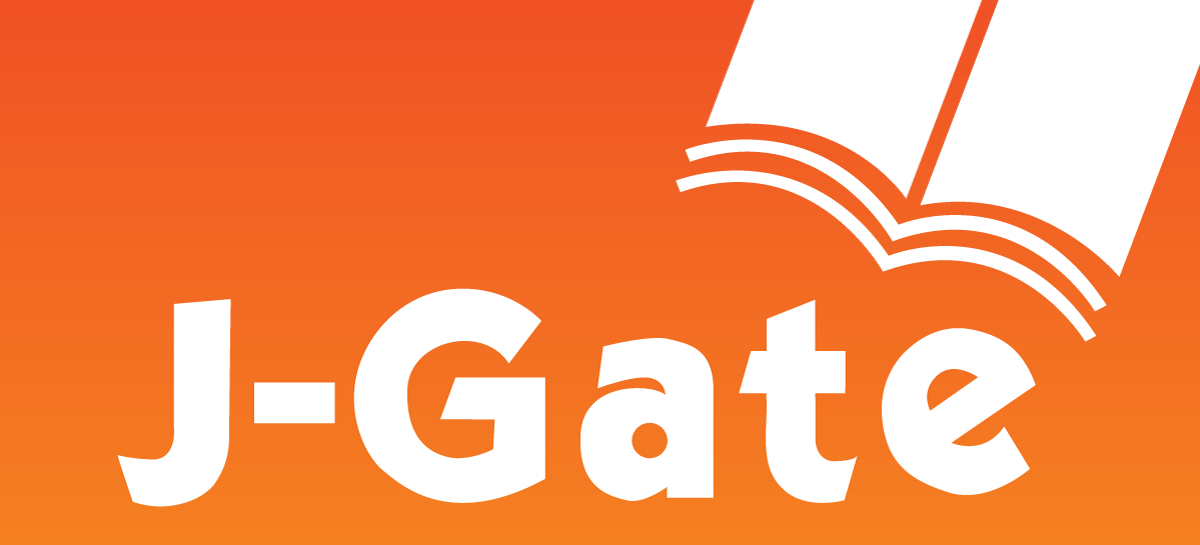

JEMS apply the Creative Commons Attribution NonCommercial 4.0 International Licence to all manuscripts to be published
ABSTRACTING & INDEXING
Volume: 1 Issue: 2 - 2013
| EDITORIAL (ED) | |
| 1. | Editorial Page V |
| ORIGINAL RESEARCH (AR) | |
| 2. | Artificial Neural Networks Approach in Modelling An Offshore Petroleum Platform Ayhan Menteş, Murat Yetkin, Nagihan Türkoğlu, İsmail Yalçın, Hakan Akyıldız, İsmail Hakkı Helvacıoğlu Pages 1 - 8 In this study, a spread mooring system modelling is carried out by using Artificial Neural Network (ANN) technique. The mooring system is to be used for the oil production at the deep waters of the Black Sea. At the beginning of the study, the spread mooring system motion and structural responses will be analysed using commercial software. Then, a set of simulations will be carried out by repeating the analysis for different environmental conditions (such as different wind, wave, current direction and load combinations). The calculated data will be used as an input in the ANN technique. Hawser tensions, motion displacements and selection of mooring types can be estimated by using ANN. Utilization of the ANN technique will play an important role to determine the most reliable platform type for the different operation conditions. |
| FULL TEXT | |
| 3. | Journal of ETA Maritime Science (Volume: 1 Issue: 2, 2013) Pages 1 - 81 Abstract | |
| ORIGINAL RESEARCH (AR) | |
| 4. | A General Comparison in relation to the World Maritime Training Activities Feramuz Aşkın, Ayşe Yılmaz, Ender Yalçın Pages 9 - 18 Increasing professionalise requirements in maritime transportation is to correspond to same level training of crew who works in this field. This can be achieved by means of standart training facilities in the instution and university. In here, the point to be considered is to keep quality in a determined educational level has a little difference between lowest and top point. For this aim, international standards such as STCW Manila amendments in particular, national legislations, recommendations and resolutions of related administrations, various considered standards by EMSA and other control authority etc. will consitiute reference point. In this study, authors aim to reveal applications of these standards by comparing sample training systems give education in different degree. Therefore, it will be contributed to turn into more quality and professional training system is aim of this article and designated basic principle together with standards. |
| 5. | Evaluation of Integration of Seaway and Railway in Intermodal Transport in terms of Economic and Environmental Aspects Cem Saatçioğlu, Mehmet Sıtkı Saygılı Pages 19 - 26 As international trade develops profit margins of companies narrow down in competitive environment. In order to supply products and services to target market and consumers under suitable conditions of place, time and price, total cost needs to be decreased and demand needs to be met on time. Therefore, intermodal transportation that brings more than one transportation type together by utilizing superior aspects of each transportation modality gains importance. Consumers seem to prefer maritime and/or road transportation for carriage of goods. Road transport is a sine qua non element of transportation system because it is flexible, speedy and also it allows door-to-door transportation. However, because of traffic jam related with heavy vehicle traffic, expensive infrastructure costs, rapid decay of infrastructure with use of heavy tonnage vehicles, high unit energy consumption costs, high accident risk, and gradual increase in environmental and noise pollution, countries target maximum utilization of maritime-railway integration for carriage of goods. The present study reveals factors affecting maritime-railway integration in intermodal transportation, considering issues like time, distance, cost, energy, environment and traffic jam. Moreover, further studies regarding companies in micro level and transportation policy in macro level are discussed. |
| 6. | Theoretical and Experimental Analysis of Nitrogen Oxide Formation in A Diesel Engine Converted to LPG Hüseyin Emre Doğan, Hikmet Arslan, Rafig Mehdiyev Pages 27 - 38 Internal combustion engines (ICE) were invented about 150 years ago. In 1955, after the realization of that exhaust gases contribute to air pollution, scientists have began research to reduce exhaust emissions on the engines. In addition, as a result of the oil crisis in the 1970s, production of engines having low fuel consumption became significant. ICE have a large share of the production of carbon dioxide (CO2) gas. Generally, gasoline engines have more specific fuel consumption than diesel engines. Therefore, CO2 emissions are an important problem for gasoline engines. On the other hand, the primary problem for diesel engines are nitrogen oxides emissions. With the use of stratified charge engines and alternative fuels are becoming easier to solve these two problems. A project has been started for the development of environmentally friendly engines by ITU and TUMOSAN Inc. In this project, a diesel engine was converted to LPG fuel. MR-2 combustion chamber is used in this engine to create a stratified charge and perform MR-Process combustion mechanism. MR-2 combustion chamber consist of different two regions where first region contains rich mixture and other region includes poor mixture. Then, the combustion is started in rich mixture zone. A one-dimensional software program on the basis of turbulent combustion model has used to theoretical calculations. Calculations and experimental results show that when the engine is operated with LPG fuel; NOx emissions reduced to the desired levels, but not a important change in power and fuel consumption values. |
| 7. | Siege of Malta in 1565 by Ottoman Empire and the Mediterranean Strategy of Suleiman the Magnificent in the 16th century Levent Kırval Pages 39 - 46 In this article, the Siege of Malta by the Ottoman Naval forces in 1565 is analysed. The Sultan Suleiman the Magnificent orders his Navy to sail to Malta and end the sovereignty of the Knights Hospitaller (Knights of Malta) on the island who were under the direct command of the Pope in Vatican. In this context, the Ottoman Empires political strategies in the Mediterranean during 16th century and the international relations of the period is also studied. |
| 8. | Automation of Loading and Discharging Operation System in Tankers Murat H. A. Altun, İsmail Çiçek, Ahmet Bilici Pages 47 - 58 Loading and unloading operations are the most critical operations for tankers. Probability of substantial damages that may arise as a result of accidents and risk of pollution, explosion and fire make loading-unloading operations more critical while vessel is at the harbour. The first and most important reason foroccurrence of that accident is excessive crew fatigue that originates as a result of the heavy workload. In this study, it is targeted to compose an automation system for loading-unloading operations which works according to criteria to be determined by operator for minimizing human errors and operational risks. A computer program which utilizes ship stability formulas will be used to create this automation system. Through this computer generated software, cargo and ballast tanks will be measured at regular intervals and all phases of operation will take place not exceeding the limit of trim, declination, Cargo flow, pressure and vessel intact stability which all determined by operator. Ballast and cargo valves controlled by automation system will be regulated by the system adhering to the specified criteria. While all of these, revolution number of pump will be adjusted adhering to entered cargo flow and pressure value and pump type. Automation system warns the operator giving an alarm in terms of unforeseen safety events. Although alarm system will be set by different values of trim, declination, cargo flow, pressure and vessel intact stability.The system is designed that general alarm will start and sound as a result of the alarm cannot be silenced at intervals to be determined by operator. Also, how much ship will sink and float is calculated in accordance with the difference between freeboard and draught by the system. As a result of these calculations it shows that ships tied ropes will have increased or decreased loads whereby rupture of ropes are prevented. Alarm levels and design details of system was elaborated on this study. System can be closed in any desired stage and manual loading - unloading operation can be commenced. Operatorswill only spend their time to followthe trim, declination, cargo flow, pressure and vessel intact stability and to reach the first targeted cargo and ballast values by the help of this system. Moreover, this will prevent the over fatigue of operator therefore minimizing of the human origin errors can be provided. Due to the alarm system, early intervention method which prevents the unexpected accidents that may occur will be developed. In this paper user needs, technical demands, project first design block diagram, map of the project implementation and spiral project management of the designed automation system will be explained. |
| 9. | Marine Accident Analysis by Using Pairwise Comparison Yunus Emre Şenol, Bekir Şahin, Serdar Kum Pages 59 - 64 This paper investigates the process of marine accident analysis for the official interpretation to define the rate of defects of vessels in the intended case and proposes the pairwise comparison approach which is frequently used in AHP method. The assessment of marine accidents is a complicated and sophisticated problem which needs a professional and fair judgment based on the existing evidences and navigational specs. However, human judgment is limited and it is usually problematic to evaluate several aspects of a case. The pairwise comparison method is first suggested to simplify decision making process for ranking or selecting an item among the alternatives and it is an essential part of analytic hierarchy process. By utilizing the pairwise comparison, the defect rate of a snapshot of marine accident is calculated in a stepwise approach. |
| 10. | Operational Measures For Energy Efficiency In Shipping Emin Öztürk Pages 65 - 72 The aim of this study is to identify potential solutions to improve energy efficiency of the existing ships. To have an Ship Energy Efficiency Management Plan (SEEMP) on board has become mandatory for all ships starting from 1 January 2013. Increasing fuel prices and growing environmental concerns are driving the shipping industry to be more efficient. Therefore it is necessary to develop energy efficient operational measures. |
| 11. | Importance of Data Mining Applications in terms of Logistics and Maritime Sectors Eyüp Akçetin, Ufuk Çelik, Hidayet Takçı Pages 73 - 80 According to World Bank Logistics Performance Index Turkey ranks 27. Turkey, logistics performance index of which compared to previous years has been improving, should rank on the top according to 2023 economic objectives. Therefore, it should improve its economic infrastructure. In addition, it should model the logistics facility differences well among the successful countries in terms of logistics and maritime sector. It is also necessary to analyze the differences in logistical infrastructures between Turkey and leader countries in maritime and logistics in order to make the right investment decision. therefore it is necessary to collect, prepare, model and analyze data globally in logistics field. One of the best ways of modelling is data mining. Data mining can provide valuable data to include future related predictions and its showing clearly the present situation in the knowledge cluster in a specific topic. In this study, the applications of data mining in logistic sector in various fields were shown and it evaluates the importance of it in the case of Turkey. |










